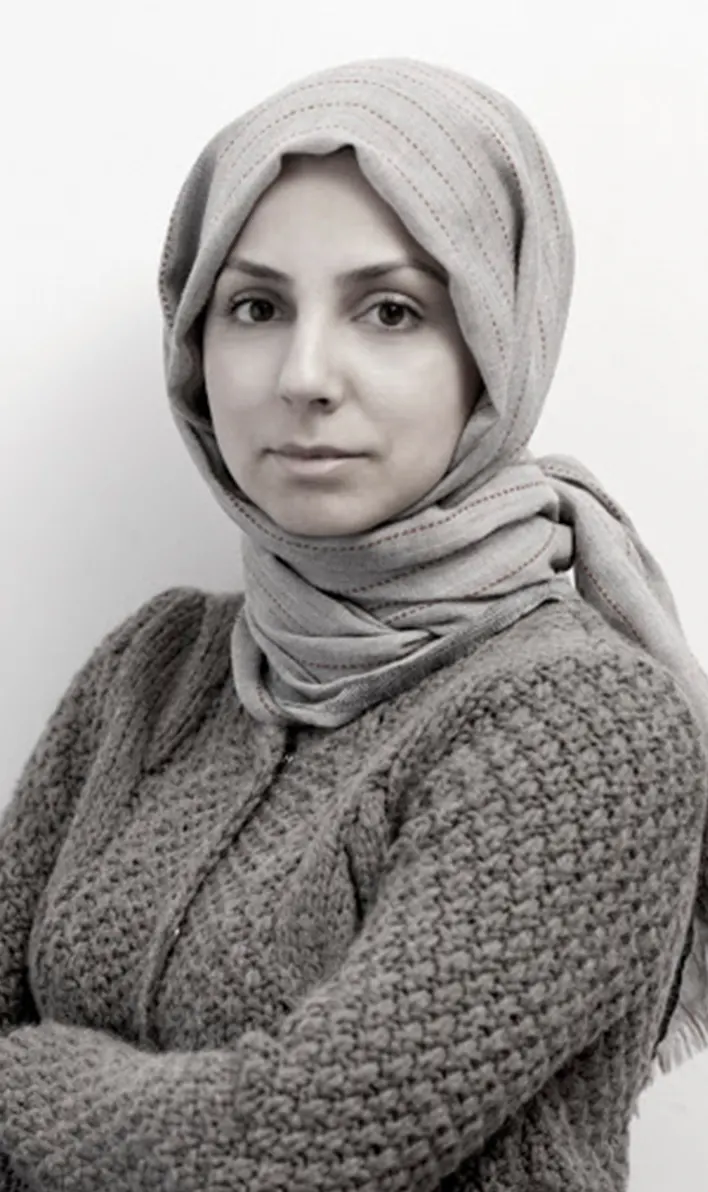FROM THE CURATOR
When I came up with the idea of preparing an exhibition for February 28 women who had spent a period as punished members of society, I started to think about what all the words said, what all the stories told mean. There was a society standing in front of me, both the moments when the women who lived in the period stuffed them into a box and lifted them to the attic and did not want to touch them, as well as the people who had spent that period as a viewer and did not want to touch the boxes in that attic because they were disturbed by the emotional mess this situation created. Describing the wounds and scars people suffered in one way or another as “victim literature” prevented confrontation with those feelings, and even the feeling that this situation was a simple problem that had to be overcome was dominating the women of the period.
Perhaps it is necessary to realize that it is necessary to shake off this state first. One way or another, there is a trace left by every violence, this is inevitable. Then, to put the instruments we have chosen to tell you this, to put them in front of you and to focus on what we feel especially. This gave us the starting point of the exhibition.
All artists transformed their stories and metaphors that they encoded in their minds into works by putting them into a volume. Coincidentally, we saw that almost every story wants to be viewed from two sides, it actually wants to be understood as much as telling. This is why the “you are more beautiful” rhetoric, which was used by the rulers of the period to persuade young women, especially young women in their early seventies, gave the exhibition its name. The difference between you are beautiful this way and you are more beautiful this way is not a word, it is actually a way of understanding. Another way of saying “I find you more beautiful the way I set it up.
Hoping that the stories of women who are not such more beautiful will find a response in all of you through various artists…
Yasemin DARBAZ KARACA





